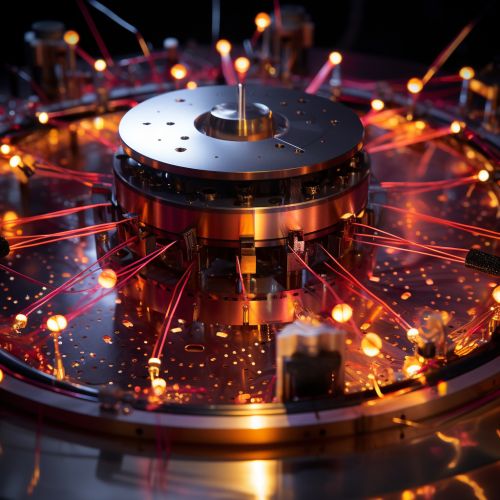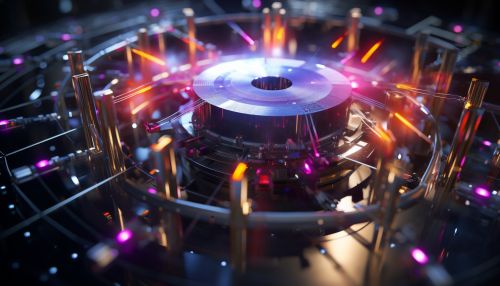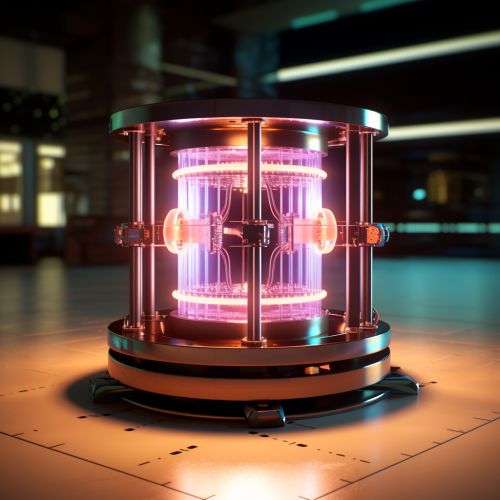Quantum Computing with Trapped Ions
Introduction
Quantum computing represents a significant leap forward in computational power, leveraging the principles of quantum mechanics to perform complex calculations at speeds unattainable by classical computers. One of the most promising methods for realizing quantum computing is through the use of trapped ions. This article will delve into the intricacies of quantum computing with trapped ions, exploring the underlying principles, advantages, and challenges of this technology.


Quantum Computing Basics
Quantum computing is a field of study focused on the development of computer technologies centered around the principles of quantum theory. Quantum theory explains the nature and behavior of energy and matter on the quantum (atomic and subatomic) level. When applied to computing, these principles give rise to new computational methods and systems that are vastly more powerful than their classical counterparts.
A quantum computer maintains a sequence of qubits. Unlike classical bits, which can be either a 0 or a 1, a qubit can represent a 0, a 1, or any quantum superposition of these two qubit states. Furthermore, when multiple qubits are entangled, the possible states of the system can scale exponentially with the number of qubits, providing an enormous computational advantage.
Trapped Ions
Trapped ions are ions confined and isolated in a region of space by electromagnetic fields. They are a promising candidate for the realization of a scalable quantum computer due to their long coherence times, high-fidelity quantum gates, and ability to be individually addressed.
In a trapped ion quantum computer, each ion acts as a qubit. The internal energy levels of the ions are used to represent the qubit states, and quantum information can be transferred through the collective motion of the ions in the trap.


Quantum Gates and Operations
In quantum computing, operations on qubits are performed by quantum gates. These gates are analogous to classical logic gates, but operate on qubits and can perform more complex operations due to the principles of superposition and entanglement.
In trapped ion quantum computers, quantum gates are implemented using laser pulses. The interaction between the laser light and the ions can be used to manipulate the internal states of the ions and perform quantum operations.
Advantages of Trapped Ion Quantum Computing
Trapped ion quantum computers have several advantages over other quantum computing architectures. First, ions are identical and can be isolated from their environment, leading to long coherence times. Second, high-fidelity quantum gates can be achieved with trapped ions, which is essential for performing reliable quantum computations. Third, trapped ions can be individually addressed with lasers, allowing for precise control over the quantum operations.
Challenges and Future Directions
Despite the promise of trapped ion quantum computing, there are several challenges that must be overcome. These include the technical difficulties associated with scaling up the system to a large number of qubits, and the need for extremely precise control over the laser pulses used to implement the quantum gates.
Future research in trapped ion quantum computing will likely focus on overcoming these challenges and developing scalable, fault-tolerant quantum computers. This will involve advances in ion trapping technology, laser technology, and quantum error correction techniques.
